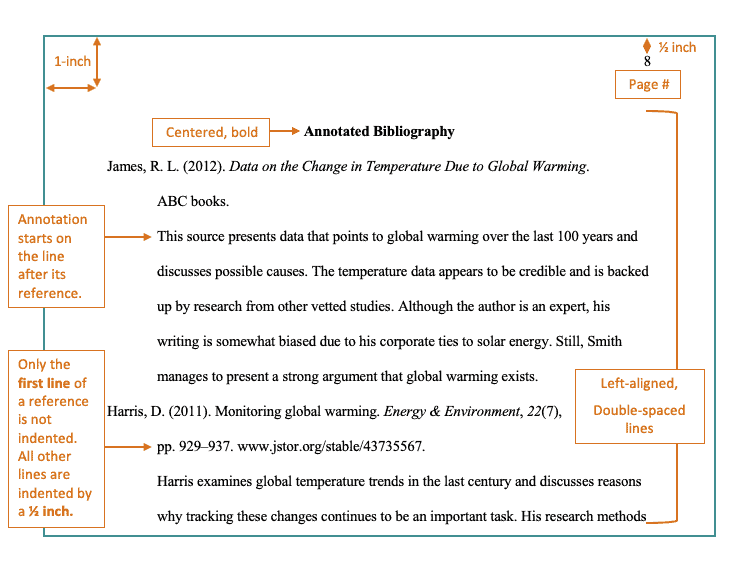

Don't expect yourself to go all-in the first time you start. Pick them up when you have a reaction to something in the book.Īnnotating will feel weird in the beginning but the habit will grow over time. Don't look for reasons to use your tools. If you're holding a pen or pencil in your hand, ready to mark anything of consequence, it will distance you from the story. Write comments if you have something to say or if the passage made you feel something. Mark sentences by underlining only if they call out to you, or they feel important to the story. You're reading for fun! Don't make annotating a chore. To keep it genuine, annotate only when you really feel like it.

Otherwise, you will spend time looking for lines to underline or thinking about what to comment on for each paragraph. before you begin annotatingĭon't assume that you will annotate the book. If you do use your phone, keep it on "do not disturb" mode so that you can read without distractions. Note-taking on your phone also works but generally, phones tend to pull our attention away from whatever we're doing, so I don't suggest this unless there's no other way. I personally like making notes in GoodNotes. If you have an iPad with a really nice note-taking app, that helps too. At those times, you can keep a notebook with you to write in. You may not want to mark the books themselves due to whatever reason. If you're using pens, you can use different colours of pens for different types of annotations too. Blunt pencils work best to erase later on. If you want to get started with underlining and writing in the margins, but don't want to commit to permanent annotation, you can use pencils. These are classic tools used for annotating. I prefer Tombow brush pens because they provide more control when highlighting due to the thickness of the brush tips. Highlighting using brush pens is also really nice. Regular highlighters work just fine but if you don't like the neon colours, you can use mildliners. There are different types of highlighters that you can use. Sticky notes can be used when you want to write a lot of content. There are various types available such as arrow tabs, rectangular tabs, and different coloured tabs. Sticky tabs are the small tabs that are used to point to a specific line in the page. But there are some basic tools that you need to get started.ĭepending on the annotation method you choose, you can use one or more of these tools. I will list and suggest different methods later in this post. I've also taken a print of the essay like Naya because it is that good. It reinforced my love for annotating and reassured me that, despite tons of people in the book community saying "it's a sin", it is actually a good habit. I came across this essay through Naya and absolutely loved it.
#Writing good annotations how to#
If you still need convincing, read the essay How to Mark a Book by Mortimer J. It will help you to enjoy your books more and hence will help you create a reading habit too.

Take a few extra minutes to annotate and fully experience the books. It can also be a commentary on funny dialogues, shocking turns, or rants on annoying characters.Īuthors spend years working on their books. Annotating is not just for critical thinking, quotes or discussions.

Writing comments, including drawings or illustrations, and conversing with the text makes the experience of reading much more fun. The benefits of it are why it is encouraged in academics. You have to separate the act of annotation from studying. I personally did not always annotate for studying because it wasn't encouraged in my academics ( we didn't even have required reading, sadly) but I understand the sentiment. They also come in handy if you are a bookish content creator online.Ī ton of people relate annotating to studying and hence don't want to do it when reading for fun.


 0 kommentar(er)
0 kommentar(er)
